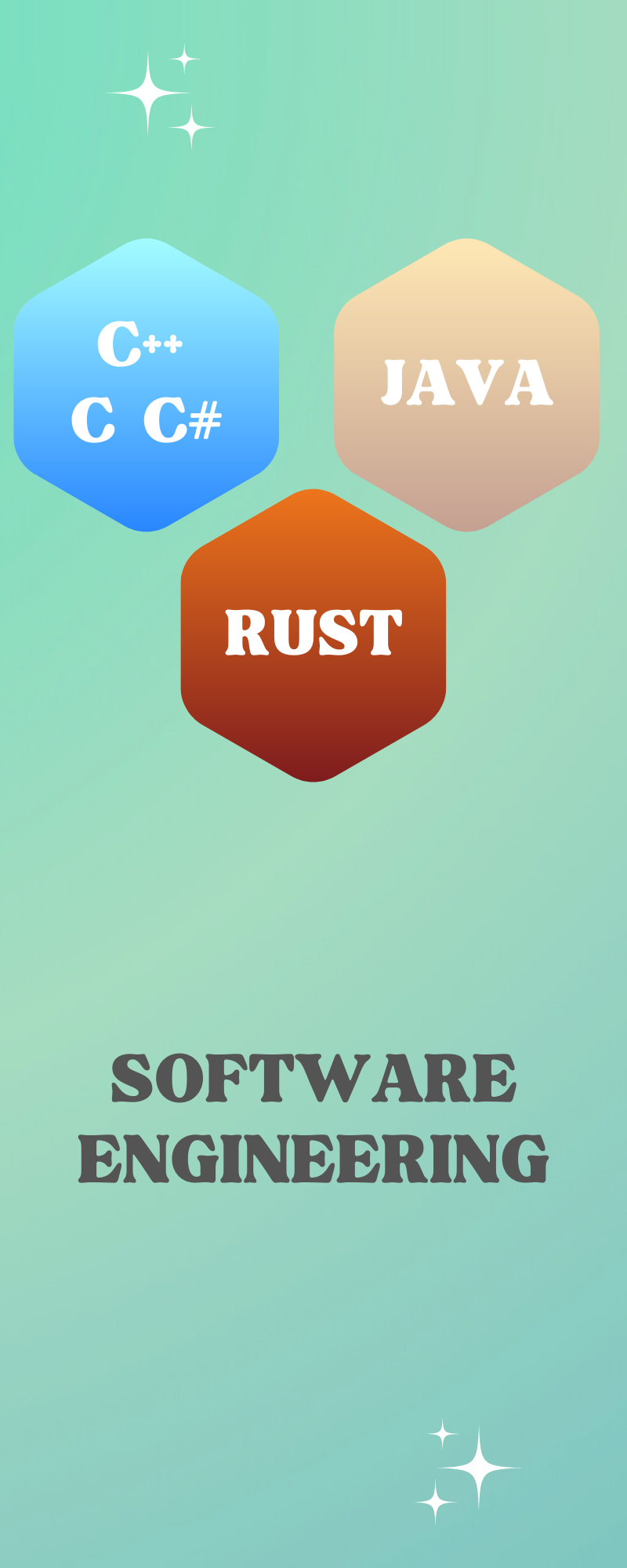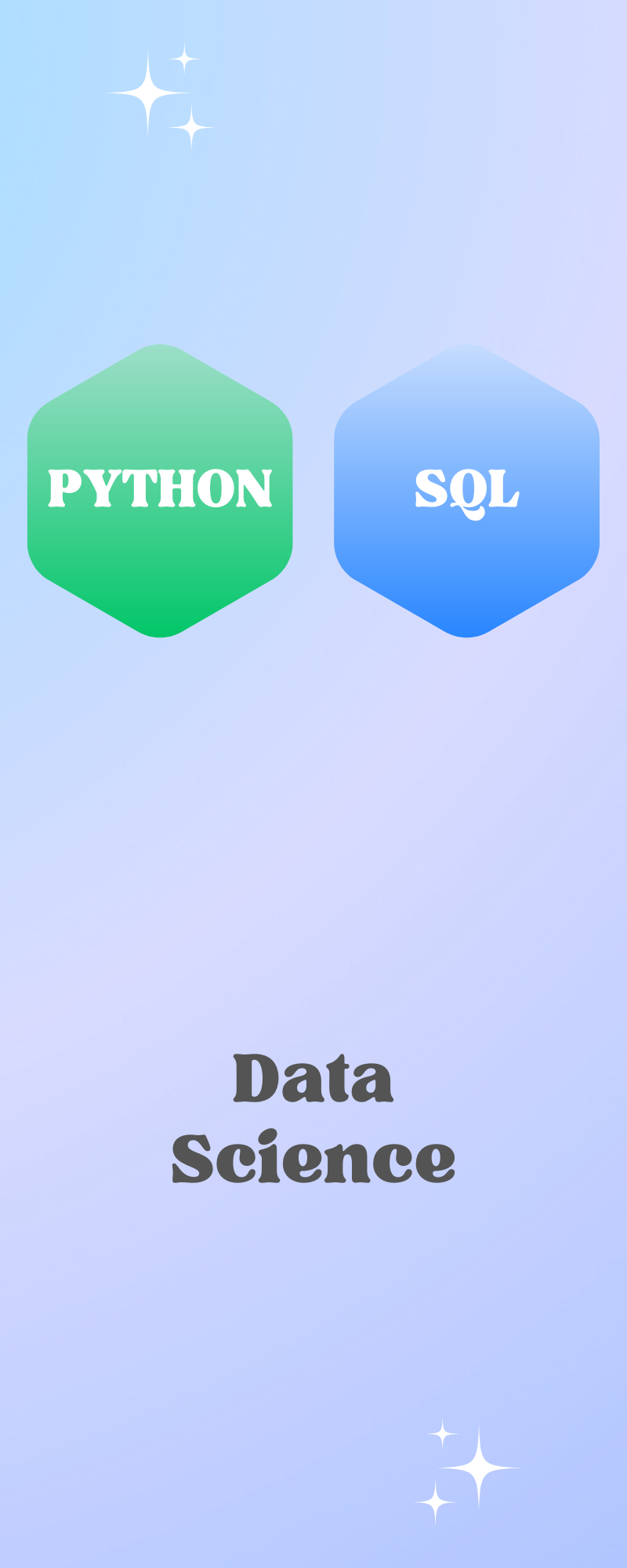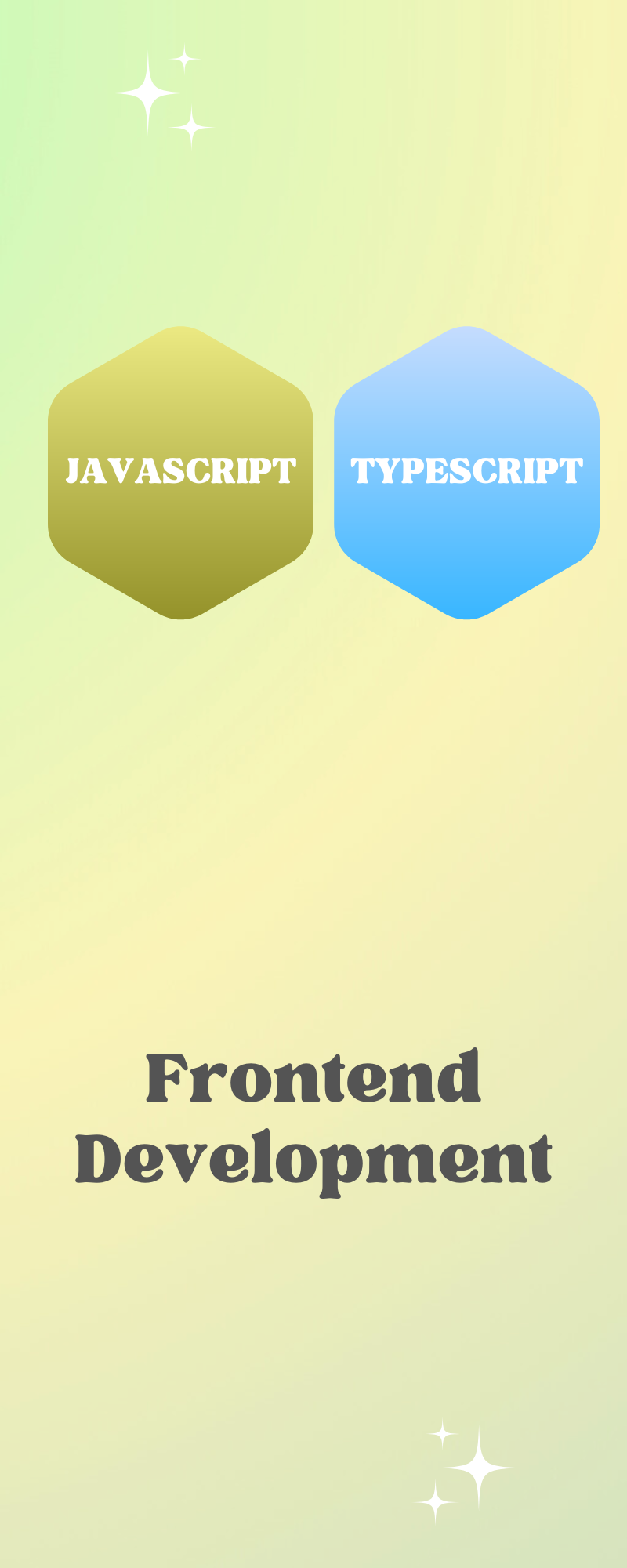solarized light
Choosing Your First Programming Language
Programming has evolved over time to become both an art and science of communication with computers, to provide instructions which they may do work on complex tasks. Each programming language was designed and has evolved with unique sets of strengths tailored to specific applications. Whether you're interested in building software, analyzing data, or designing interactive web applications, there's a programming language suited for your needs.
Choosing your first programming language can feel overwhelming. It's a big choice after all! You are committing to hours of study in one avenue and there is opportunity cost in realizing down the road that your interests lie along a different avenue and requiring a pivot. While this is indeed a genuine concern of any student, there are plenty of transferable knowledge from one language to another. You can think of programming languages as natural languages. If you know English then Spanish and French are relatively easier to learn than Japanese. Conversely, if you know Japanese, then Chinese and Korean are easier to learn than English.
To help you navigate this decision, let's explore the most widely used programming languages across different fields, based on the latest popularity rankings from the Stack Overflow 2024 survey.
Popular Programming Languages by Discipline
Programming languages often specialize in particular areas. Below, we explore some of the most popular languages in three major disciplines: Software Engineering, Data Science, and Frontend Development. These fields serve different purposes, and understanding them can help you decide which aligns best with your interests and career goals so you can identify which language will be the first one you learn!
Software Engineering
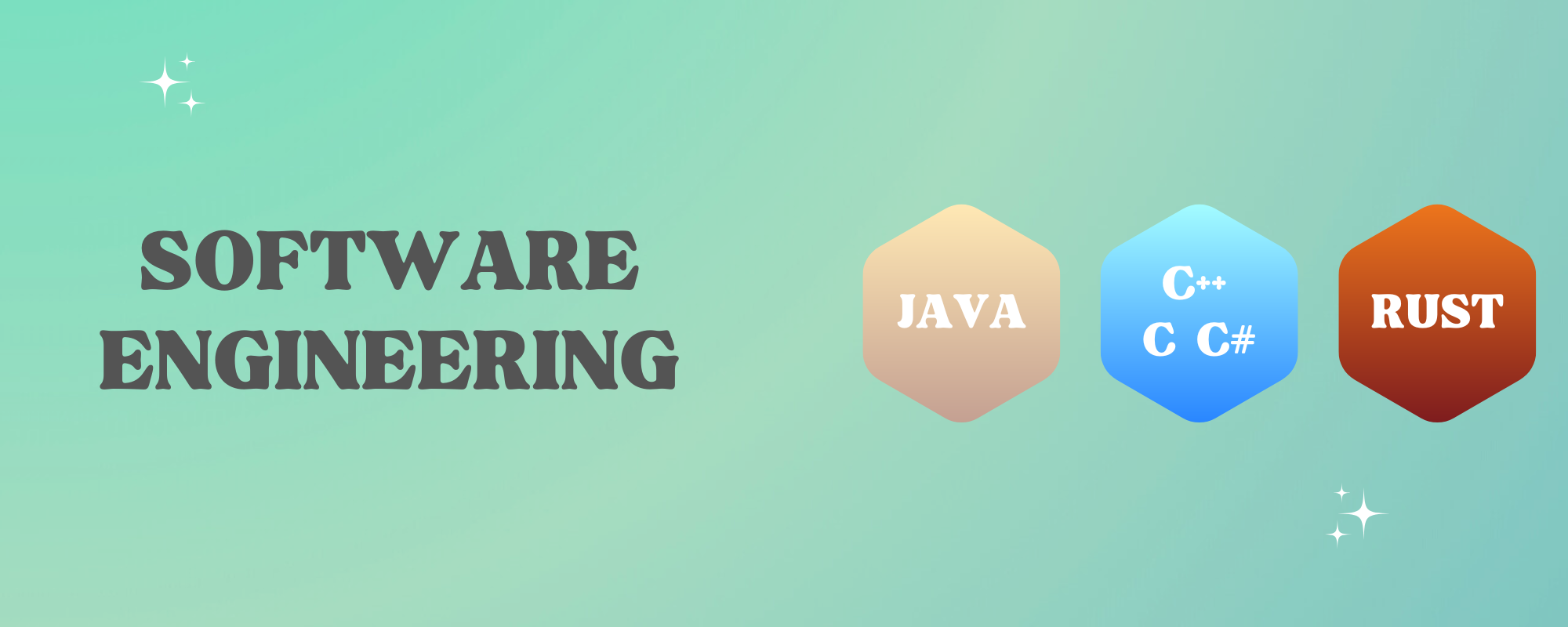
Software engineering is one of the broadest and most essential areas of programming. It involves designing, developing, testing, and maintaining software applications that run on different devices, from mobile phones and desktop computers to large-scale cloud systems.
Software engineers work on building applications that people use every day. This could include developing:
- Mobile apps: Such as Instagram, Uber, or banking apps
- Desktop software: Such as Microsoft Word or Photoshop
- Operating systems: Such as Windows, MacOS, or Linux
- Cloud-based platforms: Such as Dropbox or Amazon Web Services
- Backend services: That power websites and applications, such as Spotify's music recommendation engine
This field often requires writing efficient and scalable code to ensure that applications can handle thousands or even millions of users without crashing. As well as involves debugging issues, improving security, and optimizing performance.
Common Languages for Software Engineering:

C, C++, C#
High-performance languages which allow system programs, games, and applications to scale to millions of users; popular in tech, hardware, utilities, gaming, and finance for powering time critical systems

Java
Java is incredibly versatile, it can build almost any application. It's popular in tech and banking for the backend parts of their applications; thanks to it's portability, performance, and type safety

Rust
Rust is a modern systems programming language. It's used in blockchain and becoming popular in tech for building high-performance, memory-safe applications
This field is well suited to individuals who are technically inclined, enjoy solving complex problems, and have a strong logical mindset. Software engineers often need patience and persistence, as debugging and optimizing code can take time. If you like breaking down large challenges into smaller, manageable tasks and seeing how different components fit together in a system, software engineering could be a great fit.
Additionally, software engineers frequently collaborate with teams, so good communication skills are valuable, especially when discussing technical details with non-technical stakeholders. If you're interested in creating applications that people directly use on their devices, software engineering is a great place to start.
Back to TopData Science
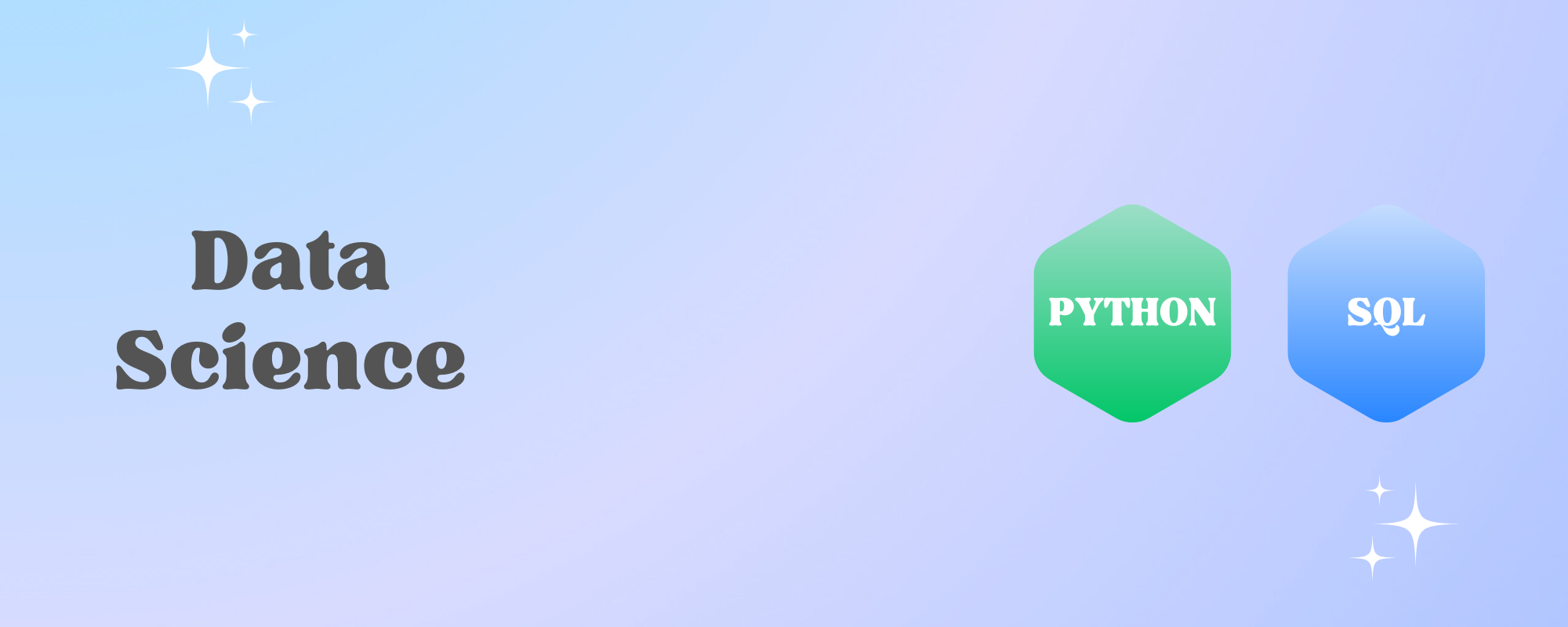
Data science is the field of extracting meaningful insights from raw data. It involves using programming to analyze data, build predictive models, and help businesses make data-driven decisions.
Netflix recommend shows, how financial analysts predict stock market trends, or how marketing teams decide which advertisements will be most effective. All of these use data science to process large amounts of information and find patterns that would be impossible for humans to manually analyze.
Data scientists work in various industries, such as:
- Healthcare: Predicting disease outbreaks and improving patient care
- Finance: Detecting fraud, automating stock market trading, and risk analysis
- Marketing: Understanding customer behavior and improving advertising strategies
- E-commerce: Recommending products the customer actually wants to see based on user characteristics
- Backend services: That power websites and applications, such as Spotify's music recommendation engine
Unlike software engineering, where the focus is on building applications, data science is about working with data—cleaning it, analyzing trends, and using machine learning models to make predictions.
Common Languages for Data Science:

Python
The dominant language in data science, offering a vast ecosystem of libraries for data analysis, and machine learning; it's used to build scalable data pipelines, predictive models, and AI-driven applications

R
R specializes in statistical computing and data visualization, with great support for data analysis, econometrics, and machine learning, making it a top choice for researcher in academia and economic disciplines

SQL
The standard language for querying and managing structured databases, crucial for handling large (and very very large) datasets. It's essential for extracting insights, optimizing databases, and powering data-driven decision-making
If you enjoy problem-solving, statistics, and working with data, data science might be an exciting field for you. Data science requires a blend of analytical thinking and creativity, as finding the hidden patterns in data often involves exploring different approaches and asking the right questions.
Data analysis requires keen observational skills and the ability to interpret and tell stories from data. If you're someone who loves identifying trends, making data-driven decisions, and experimenting with models, data science is a natural fit. A strong foundation in mathematics, probability, and statistical reasoning will also be beneficial in this field.
Since data scientists frequently communicate insights to non-technical audiences, having good storytelling and visualization skills.
Back to TopFrontend Development
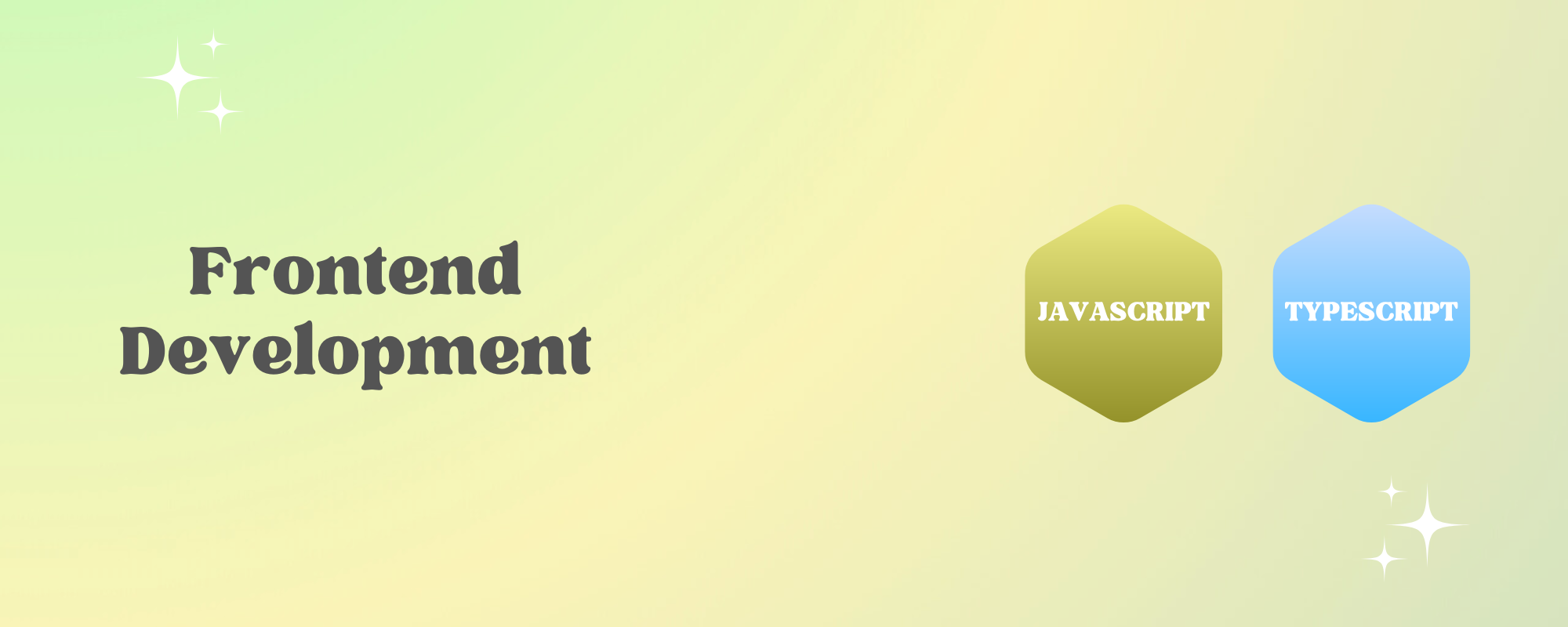
Frontend development focuses on building the visual and interactive parts of websites and applications that users see and interact with. Everything you experience on a webpage—from buttons and animations to layouts and forms—is created by frontend developers.
For example:
- When you scroll through a website like YouTube, the video player, the comments section, and the like/dislike buttons are all designed using frontend development.
- When you fill out an online form on a shopping website, the interactive fields and the way they respond when you type in your information are part of frontend development.
- Animations and page transitions that make websites feel smooth and engaging are also part of this field.
Unlike software engineering, which focuses on building the logic and functionality behind applications, frontend development is about how a website looks and feels. It's a creative and technical field that combines design and coding to ensure that websites work seamlessly on different devices.

JavaScript
JavaScript powers the world wide web. It's used in every industry for building websites, as well as other front-end applications, such as dashboards, and interactive visualizations

TypeScript
TypeScript enhances JavaScript with static typing, making it more scalable and reliable for large applications with improved maintainability and performance
If you're interested in creating visually appealing and interactive experiences for websites and applications, frontend development is a great choice.
This field is well suited for individuals who have a good eye for design, enjoy problem-solving in a creative way, and like seeing immediate results from their work. Frontend developers need to think about user experience (UX) and how people interact with digital products. If you enjoy making things look beautiful and function smoothly, this might be a great path for you.
Since frontend developers work closely with designers, UX specialists, and backend developers, having strong collaboration and communication skills is essential. Additionally, the web is always evolving, so **curiosity and a willingness to keep learning** are key traits for success in this field.
Back to TopChoosing Your First Programming Language
If you're unsure where to start, consider your interests and career goals:
- If you want to build apps and software: Start with Java or C++.
- If you enjoy working with data and numbers: Learn Python and SQL.
- If you're excited about designing websites and user interfaces: JavaScript and TypeScript are essential.
The journey of programming is an exciting one. Whichever language you choose, you'll be building skills that open doors to countless opportunities in technology.
The journey of programming is an exciting one. Whichever language you choose, you'll be building skills that open doors to countless opportunities in technology.
Back to Top